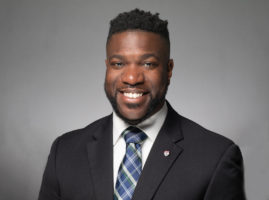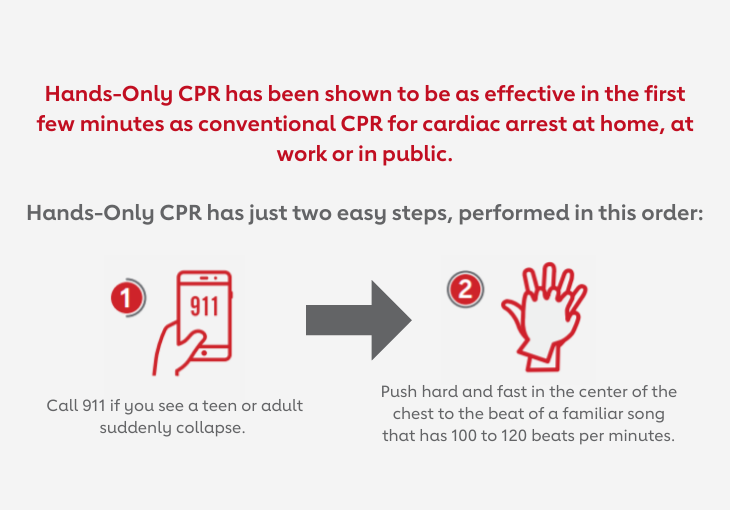Newly elected to the American Heart Association Greater Washington Region Board of Directors, Bryan O. Buckley, DRPH, MPH was out for a bike ride with a friend on Three Notch Trail in Maryland. He never anticipated on that day that they would save a life.
Not long into their ride, Bryan and his friend watched as a man who appeared to be in his late 60s collapsed while walking. Without hesitation, they sprung to action – calling 911 and checking the man’s pulse. Gasping for air, the man’s eyes suddenly glazed over. His breathing stopped as did his heart.
Having been trained in CPR over ten years ago as a lifeguard, Bryan knew starting CPR could double the man’s chance of survival and that bystander CPR provides the foundation for subsequent treatment and a better long-term prognosis.
Unsure of when emergency medical services would arrive, Bryan and other bystanders began performing the lifesaving procedure.
“After about four minutes, I switched with another guy, then the next guy, and then we just rotated until the ambulance came,” Bryan said. “It was 20 minutes until the ambulance came from when we started CPR, and I can tell you that was the longest 20 minutes of my life.”
More than 350,000 Americans experience a cardiac arrest outside of a hospital each year, and only 1 in 10 survive. Additionally, recent research indicates survival of out-of-hospital cardiac arrests dropped by 14% in 2020 when compared to 2019. Even though 911 is frequently called, the majority of individuals experiencing an out-of-hospital cardiac arrest do not receive bystander CPR.

Bryan O. Buckley, DRPH, MPH, Greater Washington Region Board of Directors and Research Fellow at the MedStar Health Institute for Quality and Safety
Bryan, a researcher for MedStar Health, shares his story to encourage others to learn Hands-Only CPR and increase awareness regarding the importance of bystander CPR. Hands-Only CPR has been shown to be as effective in the first few minutes as conventional CPR for cardiac arrest at home, at work or in public.
“You never know when you might have to utilize these skills,” he said. “We have such power to impact someone’s life, and many of us could have been the bystanders. It’s these moments that you start reflecting on your own life and the skillset that you learn that could contribute to helping someone in the future.”
In addition to Hands-Only CPR training, the AHA also advocates for legislation requiring 911 call takers to administer CPR over the phone, which is a safe and effective approach to increase bystander CPR.
It only takes two steps to save a life: call 911 and push hard and fast in the center of the chest. Learn more by taking our virtual Hands-Only CPR lesson or learning more about how to become an advocate for issues like telecommunicator CPR in our community.
